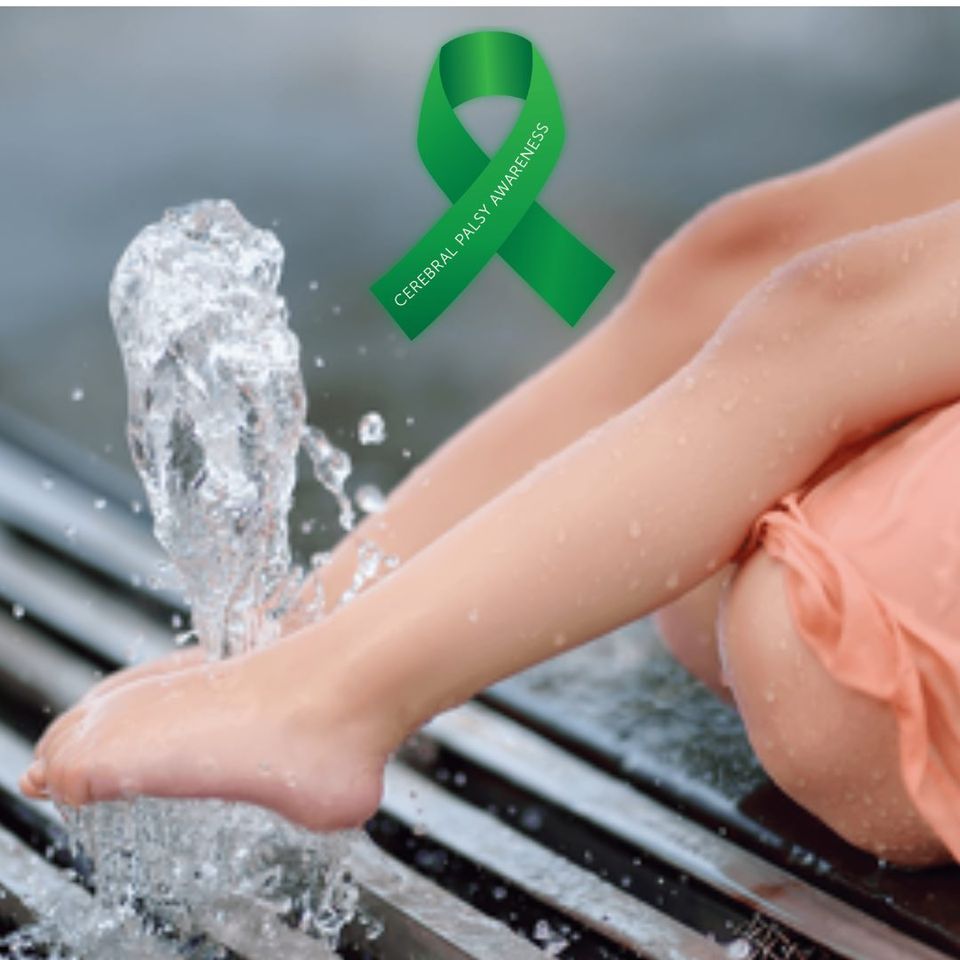Massage for Cerebral Palsy

I also offer treatment for those with disabilities, particularly children with cerebral palsy, where there has been some kind of brain injury occurring during foetal development, or even during or shortly after birth.
It is estimated that 2-2.5 in every 1000 children have cerebral palsy in the UK, with 1800 babies/infants being diagnosed with cerebral palsy each year. There is thought to be approximately 30,000 children with cerebral palsy in the UK.
Different types of cerebral palsy involve damage to different parts of the brain, and therefore differ in how they affect body movement, posture and muscle coordination.
SPASTIC CEREBRAL PALSY
• the most common form of cerebral palsy
• 50-80% of all cerebral palsy cases
• stiff, jerky and limited movement
• difficulty moving from one position to another
• may have difficulty holding and letting go of objects
• In areas of excessively high muscle tone, the tight muscle's antagonists may completely let go
ATHETOID CEREBRAL PALSY
• less common than spastic cerebral palsy
• 20- 30% of all cerebral palsy cases • very weak muscles, involuntary and uncontrolled movement
• caused by damage to the cerebellum or basal ganglia in the brain - these areas process the signals that enable smooth, coordinated movements and maintain body posture.
• Daily activities such as speaking, feeding, reaching, grasping, and other skills requiring coordinated movements will be affected
ATAXIC CEREBRAL PALSY
• Least common form of cerebral palsy
• involves chronic shaking, tremors and poor balance
• 5 - 10% of all CP cases
• low muscle tone and poor coordination of movement • look very unsteady and shaky
• affects the sense of balance and depth perception
MIXED CEREBRAL PALSY
• 10 -20% of Cerebral Palsy cases have combinations of the CP types
• have both the tight muscle tone of spastic cerebral palsy and the involuntary movements of athetoid cerebral palsy
• injuries to both the pyramidal and extrapyramidal areas of the brain
• may also be classified by what part of the body is affected, eg. hemiplegic CP means the left or right side is affected diplegic CP means either two arms or two legs are affected quadriplegic CP means all the extremities are affected to some extent.
Massage therapy has a valuable role in improving quality of life in a child with cerebral palsy, reducing physical symptoms such as spasticity, and improving fine and gross motor functioning. Also improved cognition, social interaction and daily functioning have been noted.
Research has also seen increased circulation in paralyzed limbs, with a change in colour and temperature. Passive range of motion movements can also help maintain and increase flexibility and prevent muscle contractures.
Using Massage Therapy for children with cerebral palsy may:-
- Increase or reduce muscle tone (high tone or low tone depending on how you apply massage)
- Reduce spasticity
- Encourage muscle flexibility
- Encourage motor function
- Encourage normal bowel function
- Help loosen tight muscles which hold bones and joints in a particular position
- Increase range of motion
- Help to ease muscle tension and stiffness (lessening muscle spasms)
- Reduce sleeping problems
Research has also shown that it can:-
- Improve cognition
- Encourage social and dressing scores on the developmental Profile
- increase positive facial expressions
- reduce limb activity during face-to-face play interactions
PRECAUTIONS
• children and adolescents may fear massage being administered by a stranger
• may be apprehensive about touch and body image
• consideration has to be given to introducing touch in an appropriate way to gain the child’s trust
• verbal communication may be an issue so recognising non verbal communication eg. breathing patterns and facial expressions will allow you as the therapist to be aware of the clients' needs and comfort level It is vital
if you are seeking massage therapy for anyone with cerebral palsy, that you find a therapist who is qualified and experienced in this area, and also who is a registered and insured practitioner.
You can also access further information from
www.birthinjurycenter.org/cerebral-palsy
